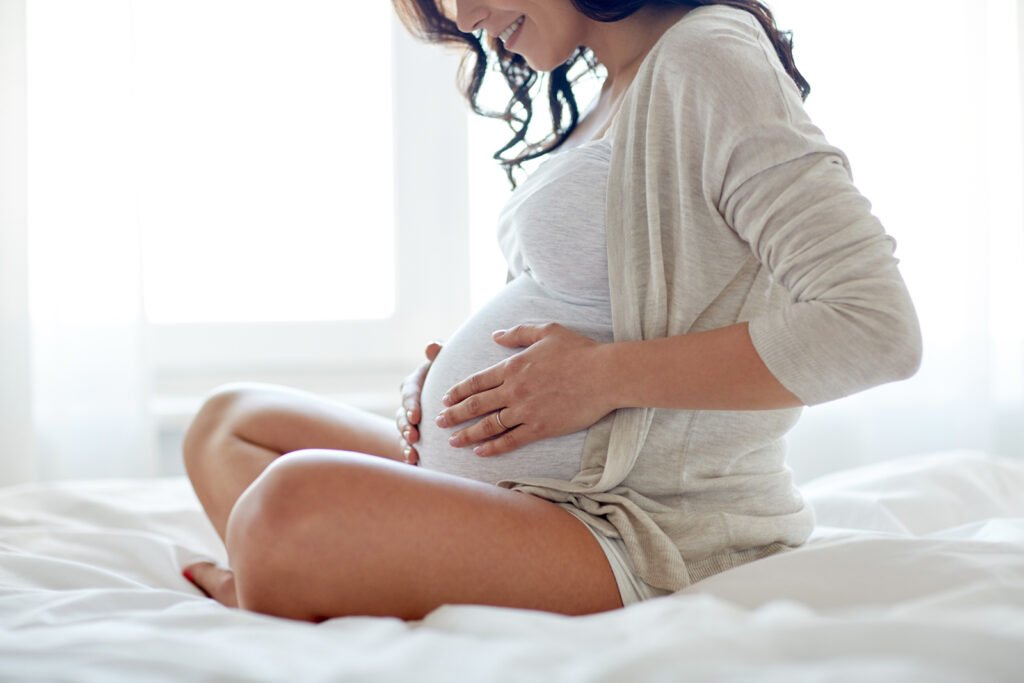Are You A Carrier Oriented Woman, Married Late And Not Planning For Pregnancy…?????
You Must Be Worried Of Your Uterus May Produce Fibroid Uterus……
And YOU need to read this…….
Many women have uterine fibroids sometime during their lives. But you might not know you have uterine fibroids because they often cause no symptoms. Your doctor may discover fibroids incidentally during a pelvic exam or prenatal ultrasound.
Symptoms
Many women who have fibroids don’t have any symptoms. In those that do, symptoms can be influenced by the location, size, and number of fibroids.
In women who have symptoms, the most common signs and symptoms of uterine fibroids include:
• Heavy menstrual bleeding
• Menstrual periods lasting more than a week
• Pelvic pressure or pain
• Frequent urination
• Difficulty emptying the bladder
• Constipation
• Backache or leg pains
Nowadays Fibroid uterus is becoming one of the major cause of female subfertility
See your doctor if you have:
• Pelvic pain that doesn’t go away
• Overly heavy, prolonged or painful periods
• Spotting or bleeding between periods
• Difficulty emptying your urinary bladder
• Unexplained low red blood cell count (anemia)
Seek prompt medical care if you have severe vaginal bleeding or sharp pelvic pain that comes on suddenly.
Causes
Doctors don’t know the cause of uterine fibroids, but research and clinical experience point to these factors:
• Genetic changes: Many fibroids contain changes in genes that differ from those in normal uterine muscle cells.
• Hormones. Estrogen and progesterone, two hormones that stimulate the development of the uterine lining during each menstrual cycle in preparation for pregnancy, appear to promote the growth of fibroids. Fibroids contain more estrogen and progesterone receptors than normal uterine muscle cells do. Fibroids tend to shrink after menopause due to a decrease in hormone production.
• Extracellular matrix (ECM). ECM is the material that makes cells stick together, like mortar between bricks. ECM is increased in fibroids and makes them fibrous. ECM also stores growth factors and causes biologic changes in the cells themselves.
Doctors believe that uterine fibroids develop from a stem cell in the smooth muscular tissue of the uterus (myometrium). A single cell divides repeatedly, eventually creating a firm, rubbery mass distinct from nearby tissue.
The growth patterns of uterine fibroids vary — they may grow slowly or rapidly, or they may remain the same size. Some fibroids go through growth spurts, and some may shrink on their own.
Many fibroids that have been present during pregnancy shrink or disappear after pregnancy, as the uterus goes back to normal size.
Risk factors
There are few known risk factors for uterine fibroids, other than being a woman of reproductive age.
Factors that can have an impact on fibroid development include:
• Race.
Although any woman of reproductive age can develop fibroids, black women are more likely to have fibroids than are women of other racial groups. In addition, black women have fibroids at younger ages, and they’re also likely to have more or larger fibroids, along with more severe symptoms.
• Heredity.
If your mother or sister had fibroids, you’re at increased risk of developing them.
• Other factors.
The onset of menstruation at an early age; obesity; a vitamin D deficiency; having a diet higher in red meat and lower in green vegetables, fruit and dairy; and drinking alcohol, including beer, appear to increase your risk of developing fibroids.
Complications
Although uterine fibroids usually aren’t dangerous, they can cause discomfort and may lead to complications such as a drop in red blood cells (anemia), which causes fatigue, from heavy blood loss. Rarely, a transfusion is needed due to blood loss.
Pregnancy and fibroids
Fibroids usually don’t interfere with getting pregnant. However, it’s possible that fibroids — especially submucosal fibroids — could cause infertility or pregnancy loss.
Fibroids may also raise the risk of certain pregnancy complications, such as placental abruption, fetal growth restriction, and preterm delivery.
Prevention
Although researchers continue to study the causes of fibroid tumors, little scientific evidence is available on how to prevent them. Preventing uterine fibroids may not be possible, but only a small percentage of these tumors require treatment.
But, by making healthy lifestyle choices, such as maintaining a normal weight and eating fruits and vegetables, you may be able to decrease your fibroid risk.
Also, some research suggests that using hormonal contraceptives may be associated with a lower risk of fibroids.
#infertilityCouple #FibroidTreatment #IVFTreatment#infertilityTreatment #pelvicPain #Menorrhagia #HeavyMenstrualFlow


